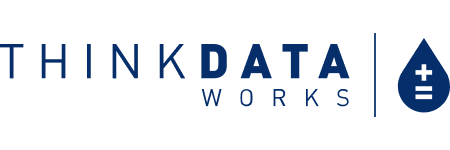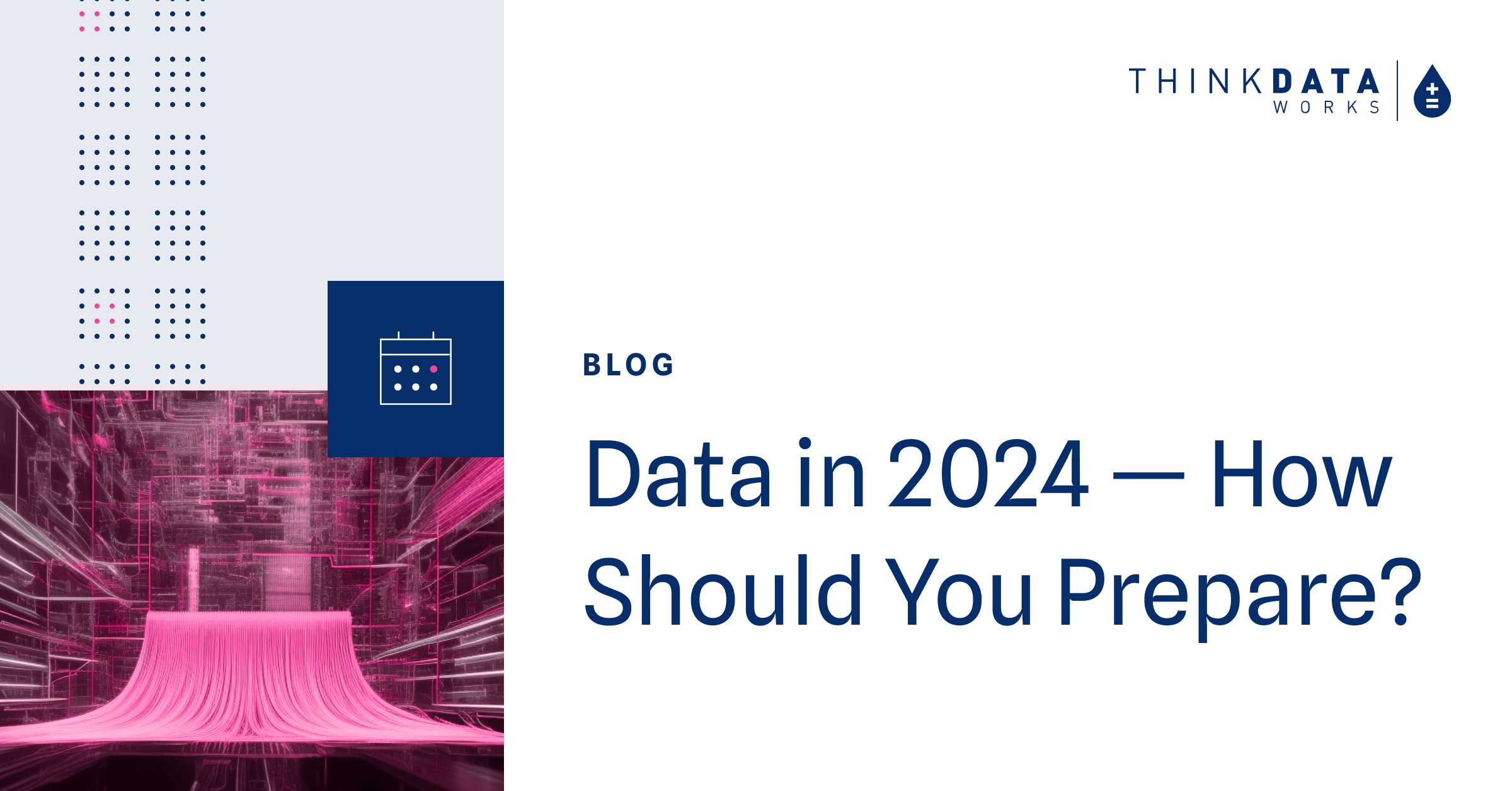4 min read
January is closer than it seems, and it's time to start planning (that's not just a note to myself about buying gifts before December 23rd). Companies big and small need to be preparing for next year. Economically, we've been through a lot in 2023: record layoffs, continued supply chain difficulties, and rising interest rates have created a state of tumult in the business landscape.
Getting your data program ready for next year should not be about the status quo. Data is a unique resource, and it takes a measured and intentional approach. As a key pillar of AI, and one of the single most critical components of your business intelligence arsenal, the importance of your data roadmap is hard to overstate.
There are 4 things to think about when planning resources, goals, and priorities for your data program in 2024:
- Tearing down 'metasilos'
- Bringing everything together
- Taking a fabric-first approach
- Starting today
Tear down 'metasilos'
We've heard plenty about the need to tear down data silos — the barriers that exist separating the data resources within companies — so that everybody's working from a current and consistent set of intelligence. While this doesn't work for every single dataset, it's a great thing to think about as it's a way to cut costs, improve accuracy, and decrease disparity when it comes to analysis.

So what's a metasilo? These are the barriers separating the efforts and outcomes of business units. There's a methodology that has trickled down from large enterprises where, in the past, it was too difficult to network and align among different lines of business.
While divisions exist for a reason, it doesn't necessarily mean that everything has to be divided. There are reasons to shift away from metasilos to an approach that's more integrated:
- networking tools and information sharing have never, in history, been better;
- accomplishing goals gets easier when other divisions are aware and can share efforts ("You're doing demographics analysis? We've been building this dataset for the last three years!"); and
- we're unifying information from outside sources, why can't we manage it for internal intelligence?
Value is hiding in crevices of your business: A recent Forrester study shows that 86% of businesses see a connection between self-service data strategies and business success, and 75% say the culture needs to evolve to be more collaborative.
The entire business world is not totally free of damaging data silos ('damaging' because there are still some useful ones); not by a long shot. But in 2024, it will be valuable to think about how to bring down the walls separating business units so that the same kind of data sharing can fuel innovation and development.
Unite data discipline and AI achievement
We're going to see a lot of "aha" moments in 2024 — the point at which the fundamentals and the practical meet to create results that are greater than the sum of their parts.
Everybody's hungry for AI results. It's an arena that's practically bursting with potential, and for good reason; just in the last year alone, we've seen awe-inspiring progress resulting from AI and ML efforts, with record user growth and adoption of AI tools. It's the penthouse suite; but just like the penthouse suite, it's sitting on layers and supports beneath it.
We have said (one or two or a hundred times) that the promises of AI won't be realized without a solid foundation of data: data that's consistent, scalable, accessible, and high quality.
In 2024, the companies who took that advice to heart will start to realize that the tedious 'wax on, wax off' motions were actually preparing them to kick some serious butt at the karate tournament. And by that, of course, I mean they have a springboard that gives them a competitive advantage over companies and a huge head start in their AI adoption efforts.
Think fabric first
Technology leapfrogging is a terrific way to make progress. The fact that emerging and developing nations can skip the growing pains and start reaping modern benefits is really incredible — instead of going from switchboards, to rotary phones, to touchtones, to cell towers, massive populations can build communication infrastructure starting from mobile phones and high-speed networks.
Data technology is not too far off. Companies who are building infrastructure don't have to make the mistakes of legacy companies who have built through trial and error.
Building patchwork data systems with massive gaps and overlaps is the old way of doing things. Single-solution tech tools not only leave longstanding customers wanting more, they're uneconomical, which is especially important given the current financial climate.

Thinking fabric-first gives you a strong foothold as your data program grows. Successful analytics outcomes and AI projects depend on a frictionless flow of data from its various sources, into your transformation, governance, and observability tools, and then directly connected to your dashboards, visualizations, and notebooks applications.
What's even better is if capabilities are connected within a single platform. If you're exploring a tech purchase, take a dive into our No Bullsh*t Data Stack guide to see the essentials and how they weave together.
Build your data strategy today
That's right, it's that old "the best time to plant a tree was yesterday" adage. We've all been hurt by fast dreams and slow progress before. The best way to make sure you start 2024 off right is to start right now.
This doesn't mean ripping wires out from the walls and building it all from scratch right this second. Take stock of where you're at now, the capabilities you're missing, and what you can accomplish next year. Start big, and then take backwards steps to find the simplest part of the problem (which usually has the most direct solution):
- What does the business want to do? (Big picture)
- What are measurable goals within your data program? (Your contribution)
- What do you need to achieve them? (Current blockers)
- What would make the highest impact with the lowest effort? (Priority-setting)
Mapping this out is invaluable, and boiling your problems down can detangle really complex issues — as you move further from the core issue, the difficulty in finding a solution increases exponentially. By tracing back to the root cause, you're going to solve the immediate issue and probably reap a few collateral benefits (alright, you caught me, I go to therapy).
The sooner you start this exercise, the easier it's going to be to make progress in 2024. You'll hit the ground running, look like a rockstar, and leave everybody wondering how you pulled it off.
Create a data-driven 2024
The backbone of so many of the forward-thinking initiatives in modern business is data. Getting that groundwork laid is going to translate to more consistent outcomes, faster results, and better ROI.
So why wait? Reach out to us today and let us help you build a solid roadmap for your data program in 2024. Hit the ground running, avoid the pitfalls of the past, and achieve remarkable results next year.
To support your strategy in 2024, register to watch our webinar that takes a deep dive on what to expect:
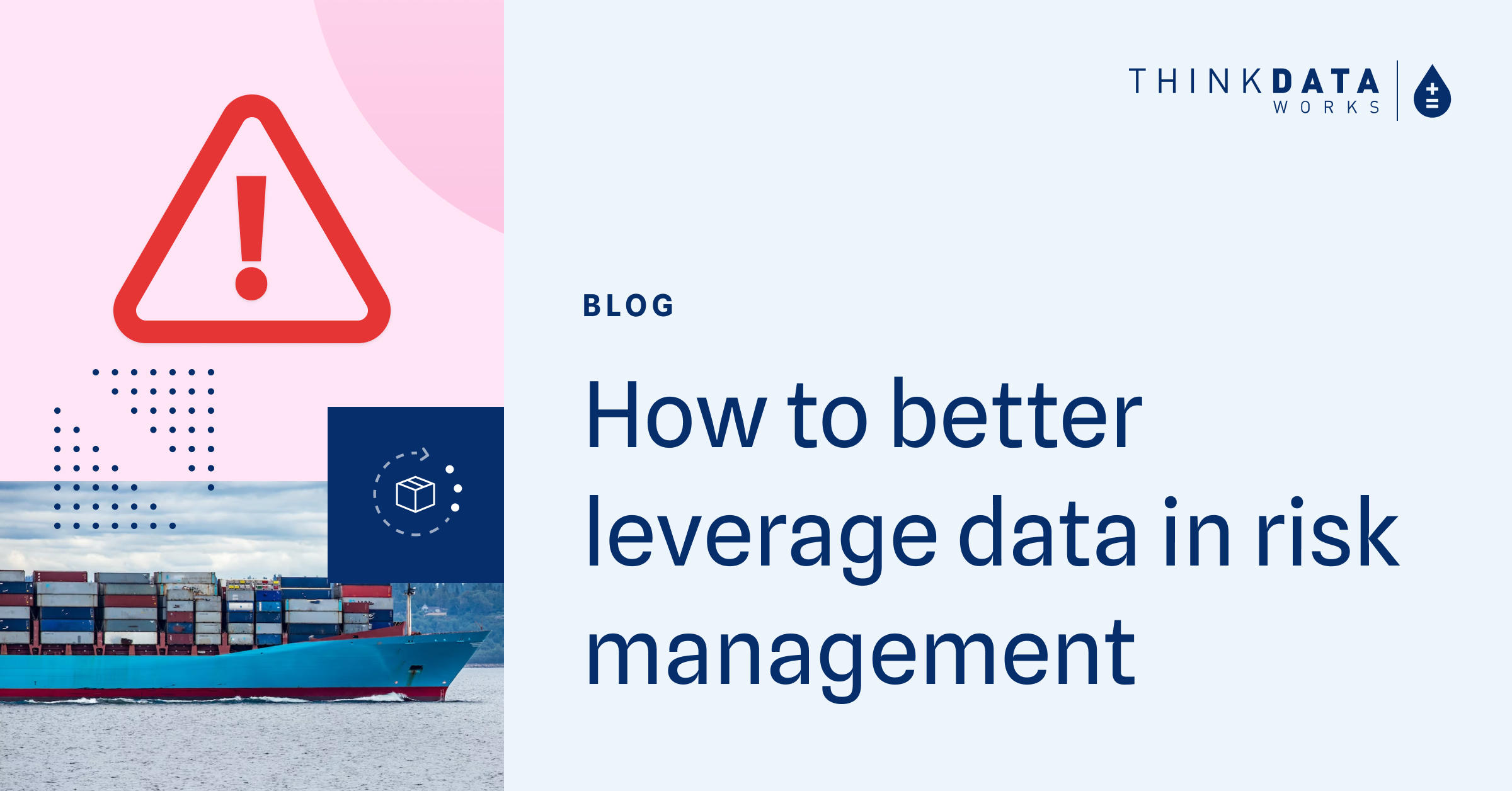
4 min read
How to better leverage data for risk management and crisis response
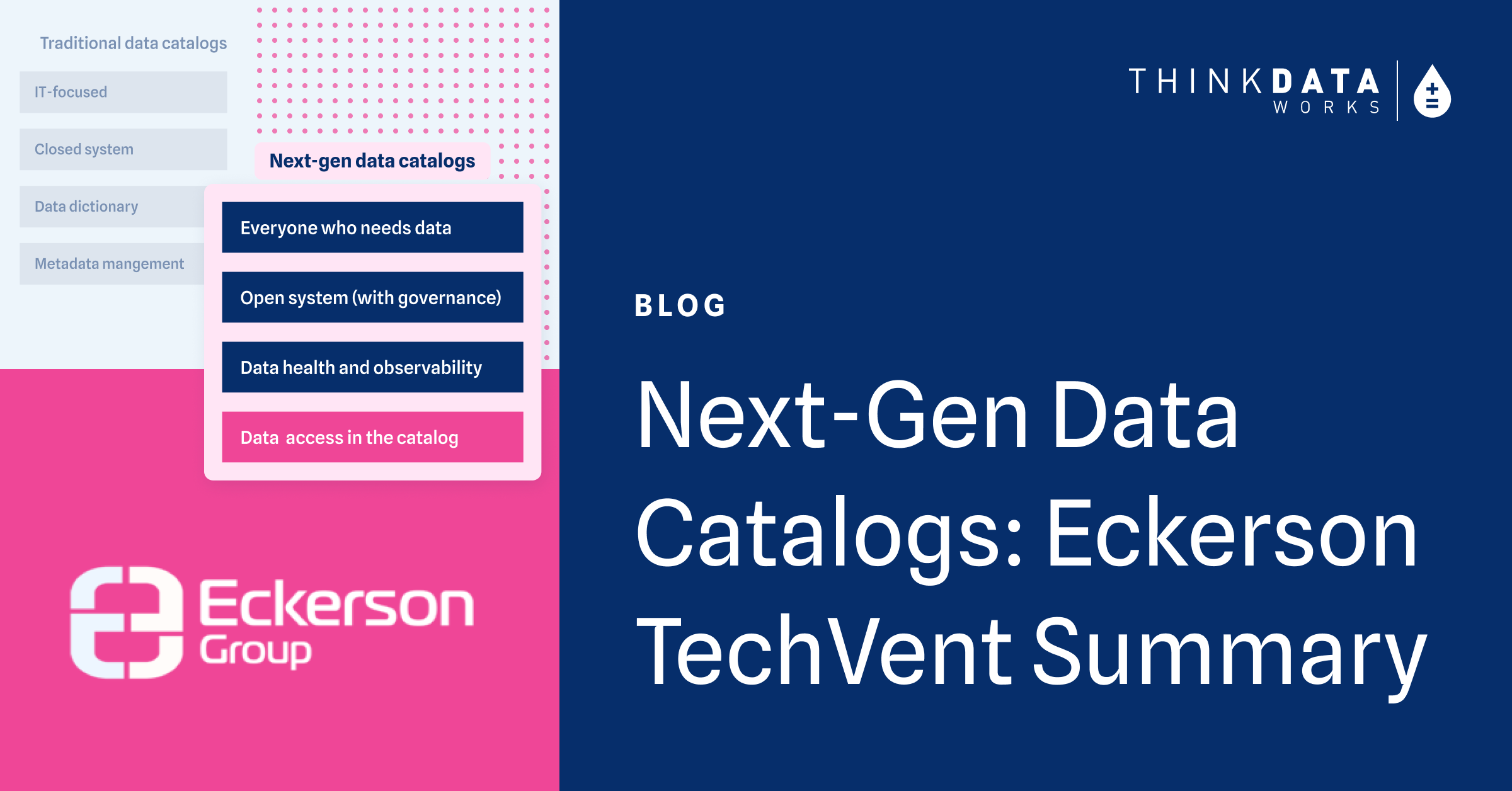
3 min read
